From Da Lat to Mang Den, Sa Pa... it's warmer everywhere.
Famous for its cool climate, Da Lat is a popular choice for vacations, especially during the hot season. However, this year, tourists are disappointed as the "city of a thousand flowers" has become warmer. Ms. Nguyen Thi Huong, who recently visited Da Lat during the April 30th - May 1st holiday, shared: "I noticed changes when I went to Da Lat during Tet (Lunar New Year), but this time it's even hotter. Of course, it's still quite pleasant compared to other places, but compared to Da Lat in the past, it has warmed up considerably. Based on my observations and mobile devices, the outdoor temperature reached 31-32 degrees Celsius. At this rate, in a few years, Da Lat will be as hot as other places."
As a resident of Da Lat, Mr. Nguyen Van Binh explained: "Since Tet (Lunar New Year), Da Lat's weather has been experiencing four seasons in one day. This period begins after Tet and lasts until the beginning of summer. It's hot and sunny from 10 am to around 2 pm, peaking between 11 am and 1 pm. After that, the weather cools down, and it gets cold late at night, requiring warm clothing. According to him, compared to other places, Da Lat is still a cool and ideal destination. However, the reality is that the temperature in Da Lat has indeed increased. Previously, the highest temperature was only 25-26 degrees Celsius, but in recent years, there have been historical highs of 30-31 degrees Celsius, but for a very short time, only 1-2 hours at noon. The reason is global climate change and warming, not just in Da Lat," Mr. Binh acknowledged.
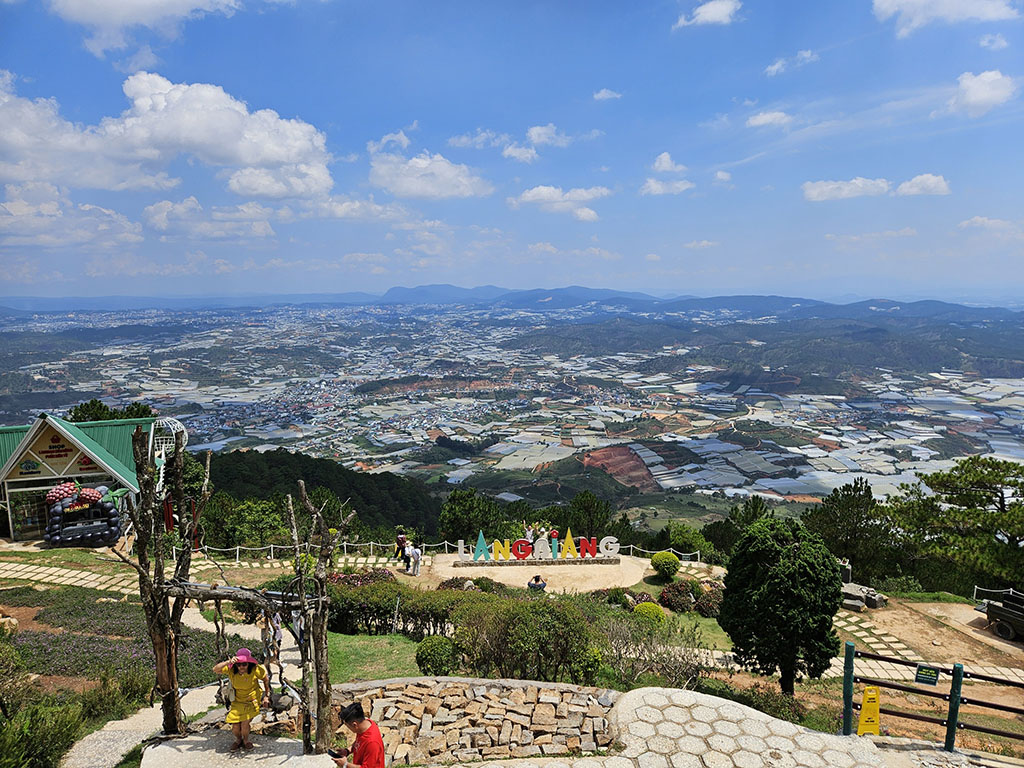
Looking down from the top of Lang Biang mountain at Da Lat city, all you see are greenhouses and very few green trees.
Comparing weather history over the two most recent holidays reveals a significant increase in temperatures at some resort destinations. Specifically, in Da Lat in 2023, temperatures ranged from 14 to 27 degrees Celsius; while this year the lowest temperature was 16 degrees Celsius and the highest reached 29 degrees Celsius, representing an average increase of 2 degrees Celsius. Similarly, in Mang Den town (Kon Plong district, Gia Lai province ), temperatures in 2023 ranged from 18 to 31 degrees Celsius, while this year they ranged from 20 to 32 degrees Celsius, an increase of 1 to 2 degrees Celsius.
For example, at a popular tourist destination like Sa Pa, the temperature during the 2023 holiday period ranged from 13 to 23 degrees Celsius, while this year the lowest temperature was 20 degrees Celsius and the highest was 24 degrees Celsius. The lowest temperature increased by 7 degrees and the highest by 1 degree Celsius. Overall, the weather is getting hotter, and many people are looking for places to escape the heat. The general feeling among many is that even places considered cool year-round are getting warmer.
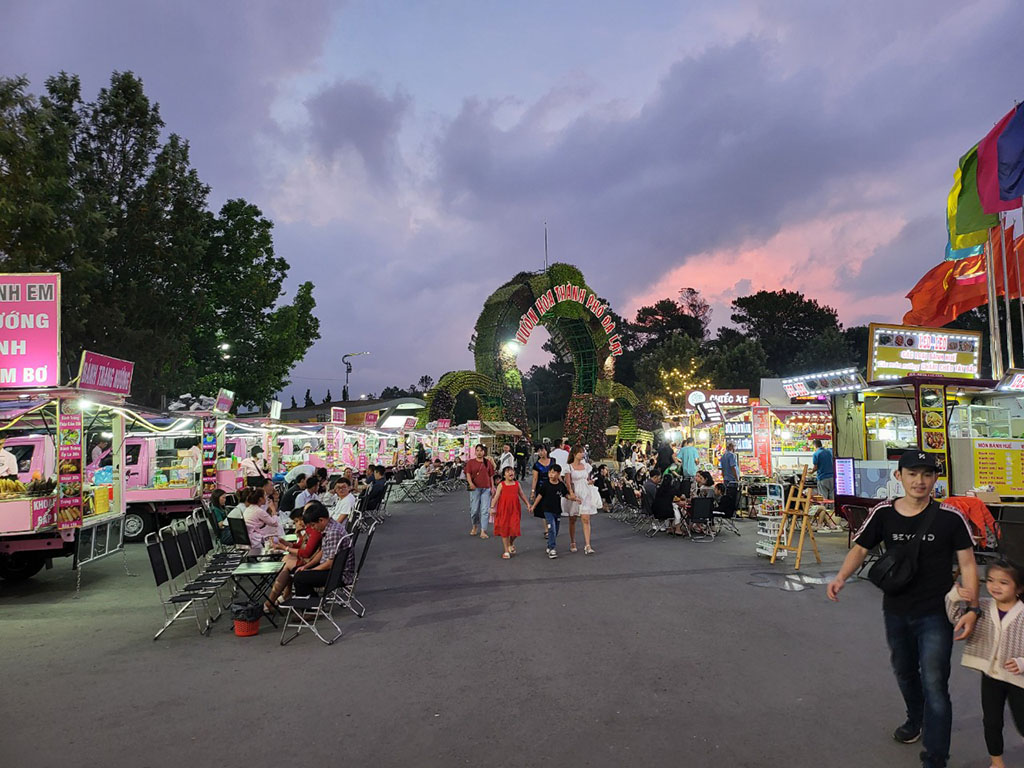
Da Lat City Flower Garden - a popular tourist attraction.
Restoring the trend of living in harmony with nature: Cities in the forest?
Associate Professor Dr. Le Anh Tuan, former Deputy Director of the Institute for Climate Change Research ( Can Tho University), commented: "This year is an exceptionally hot year. One of the direct factors is the continued impact of El Nino, albeit very weak. The heat is covering Southeast Asia and many other parts of Asia. In addition, the accumulation of climate change factors is causing the Earth's temperature to rise year after year, gradually warming up. This trend is most evident in the equatorial and sub-equatorial regions. As a sub-equatorial country, Vietnam is quite clearly affected. Compared to many other tourist destinations with cool climates in Vietnam, Da Lat is significantly affected, and we see that this destination is no longer as cool as before," Dr. Tuan remarked, explaining that besides natural factors and the general trend mentioned above, Da Lat is also making itself hotter.
We can all see that pine forests have been lost significantly compared to the past, replaced by increased concrete construction. Another easily noticeable problem is the excessive number of greenhouses for growing vegetables and flowers. These farms contribute to economic development, but they have replaced green spaces, and the greenhouses themselves increase the surface temperature of the ground. "This is similar to why Ho Chi Minh City, despite not having the highest meteorological temperature, always feels very hot and the perceived temperature is very high," Dr. Tuan explained.
Overall, Dr. Le Anh Tuan observed that urban planning in Vietnam has focused too much on economic factors but has not paid enough attention to environmental and climate issues. For example, when trees have to be cut down to make way for roads, we are always willing to make the trade-off, rarely considering other solutions. However, in climate science, there is a concept called "microclimate," which refers to the climate at specific locations. If a city ignores this factor and crams too many high-rise buildings into it, it will generate a large amount of heat. This heat is trapped by the high-rises and cannot escape, making those living there feel hotter than in other places. In Vietnam, it is very difficult to overcome these problems because our planning has long been centripetal rather than satellite-style.
Mr. Tuan recommended that Da Lat needs to restore the pine forest area in the city center and the natural waterfall systems surrounding it. In addition, the number of greenhouses for growing vegetables and flowers in the city should be reduced. Tourist attractions should be organized and moved away from the city center, forming satellite attractions and connecting them with a good transportation system. Many countries are now trending away from creating green parks in cities and instead developing "cities in forests," or more accurately, planting forests within cities. They plant and nurture trees that can grow into mature trees, create natural lakes, etc., to form natural buffer zones for urban areas. With its relatively good natural conditions, Da Lat should also have a similar plan following the trend of "cities in forests" in harmony with nature.
Tourist numbers in Da Lat reach record high.
According to preliminary reports from Da Lat City authorities: During the 5-day holiday from April 30th to May 1st, Da Lat welcomed 170,000 visitors, a 41% increase compared to the same period last year. Of these, 7,200 were international visitors, an increase of over 60% compared to the same period.
The total number of visitors in Lam Dong province is approximately 200,000. Hotels from 1 to 5 stars have an occupancy rate of 80%. The remaining accommodation establishments have an occupancy rate of 75%.
Gia Binh
Natural forests within urban areas are being severely encroached upon.
The Department of Construction of Lam Dong province is currently soliciting opinions on the revised master plan for Da Lat city and its surrounding areas until 2045. According to the plan, Da Lat is located in a mountainous area, resulting in an average air temperature ranging from 16 to 21 degrees Celsius. Under the RCP 4.5 climate change scenario (high scenario), by 2030, Da Lat's temperature will increase by 0.9 degrees Celsius, and rainfall by 4.7-7.5%. By 2050, the average annual temperature is projected to increase by approximately 1.2 degrees Celsius, and rainfall by 9-12%.
Data from 1980 to 2018 at the Da Lat meteorological station shows that Da Lat is getting warmer, with a larger difference between the highest and lowest temperatures, and a higher frequency of temperature variations. Natural forest spaces within the urban area are being severely encroached upon due to uncontrolled concrete construction and the El Niño phenomenon, seriously affecting Da Lat's unique and highly valuable natural resources… The total annual rainfall is trending upwards year by year and shows a rather complex pattern of change.
Source link












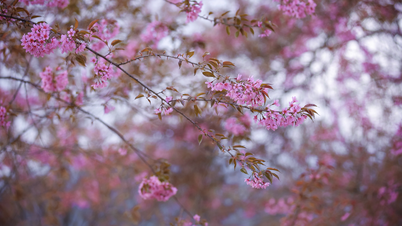









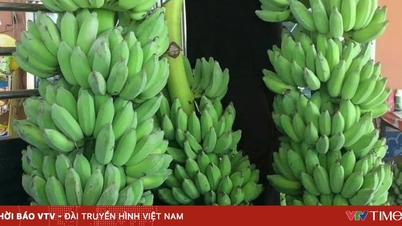




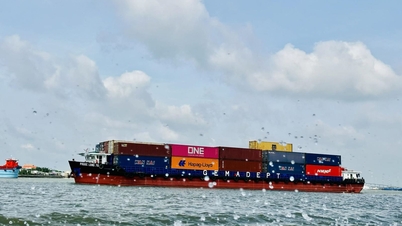




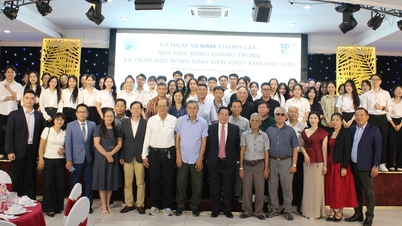


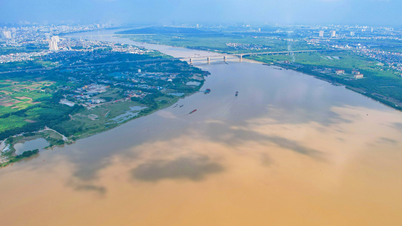



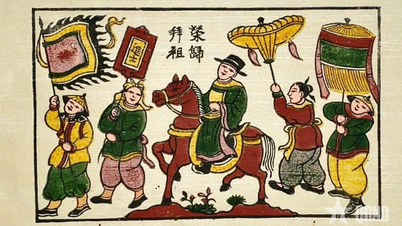

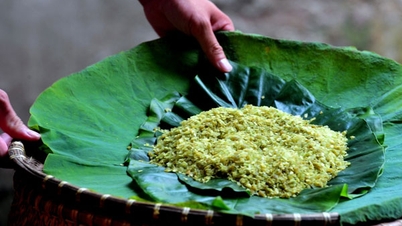

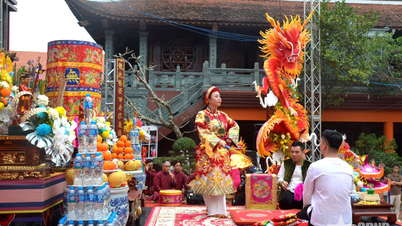


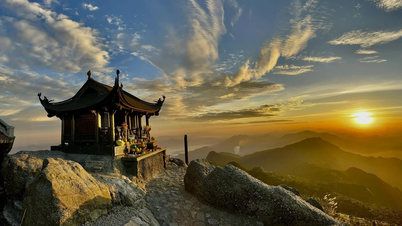






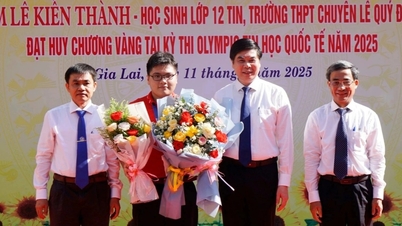


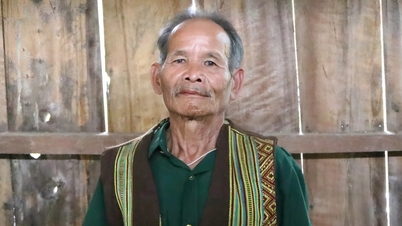







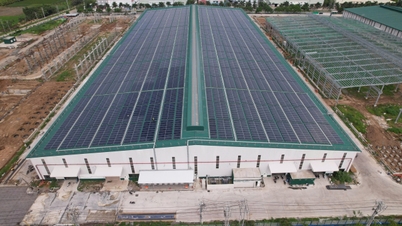

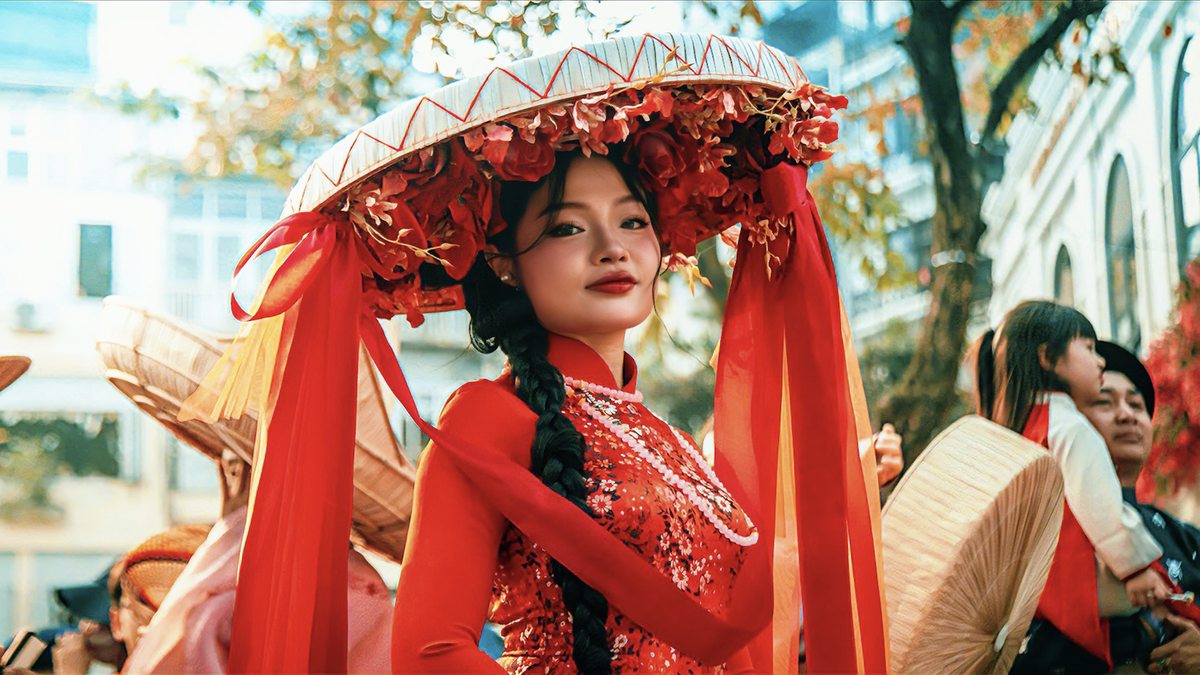



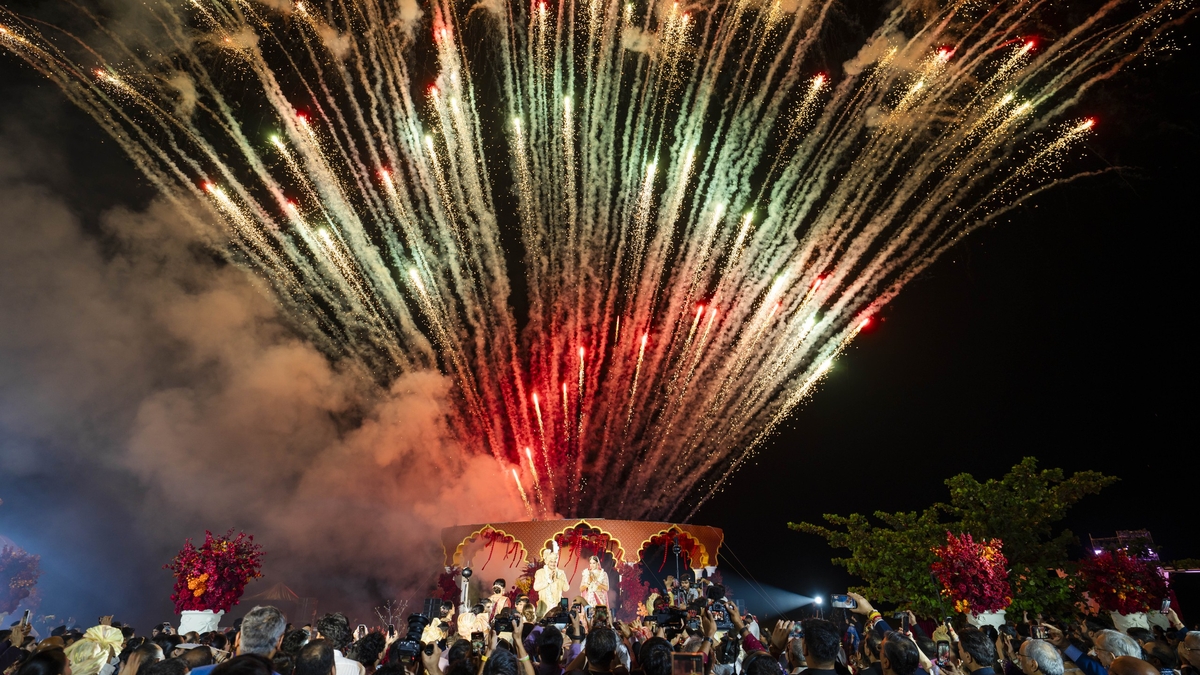


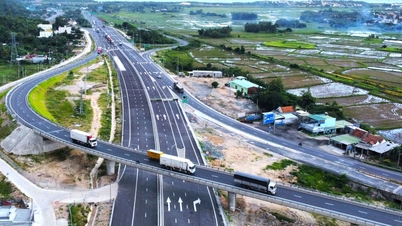


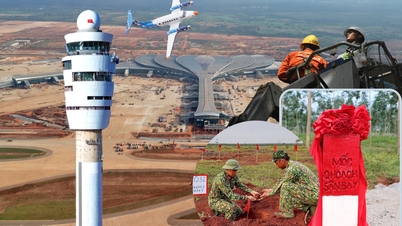





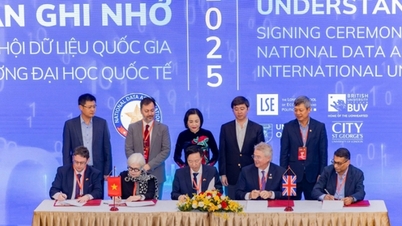


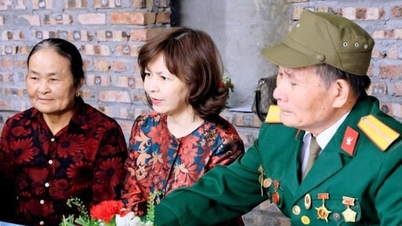

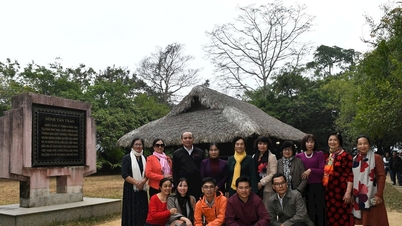
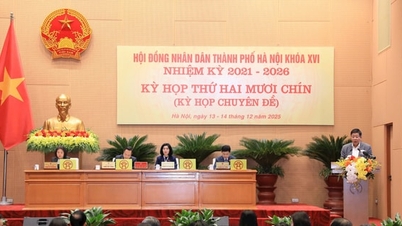







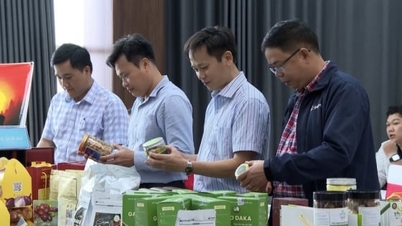









Comment (0)